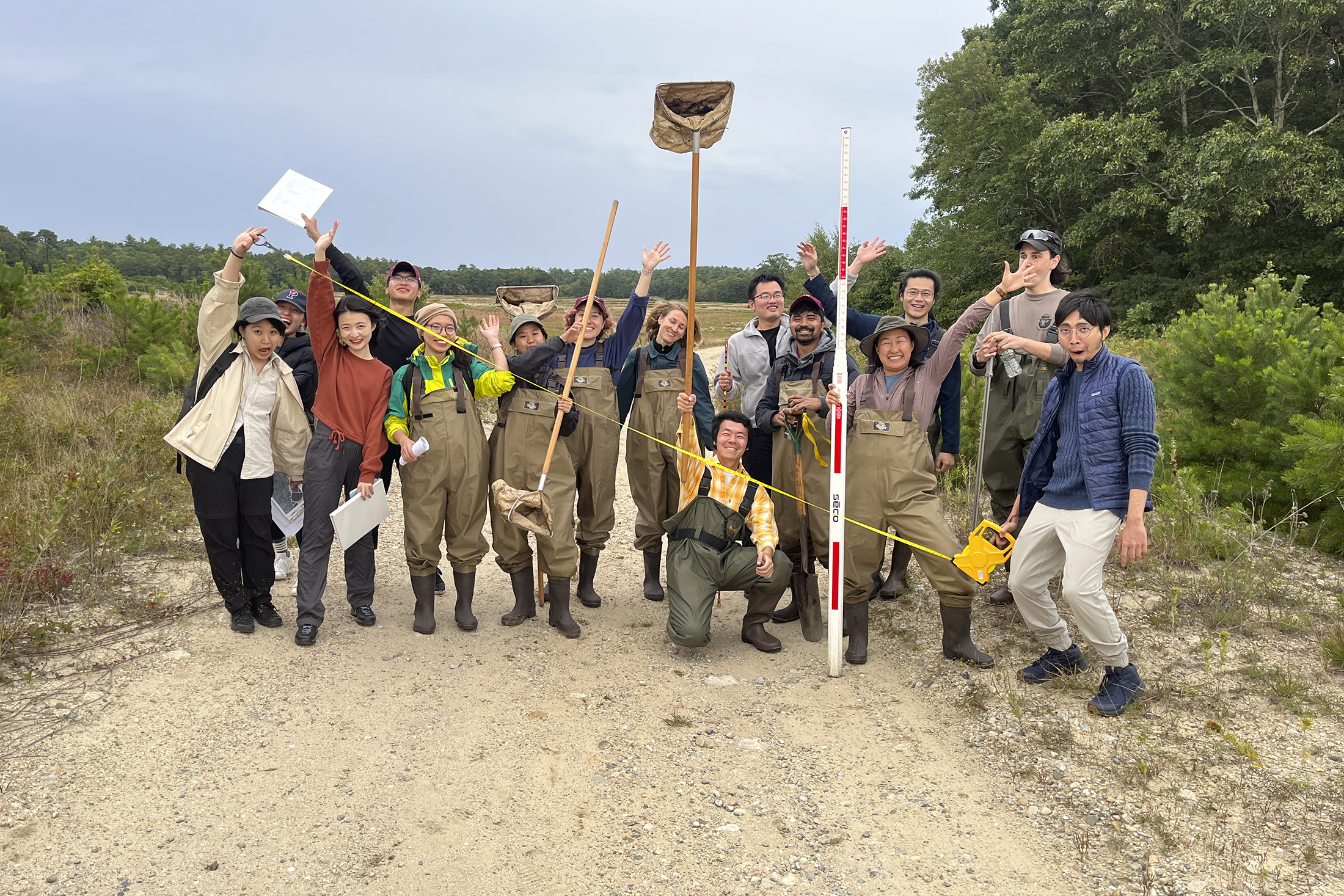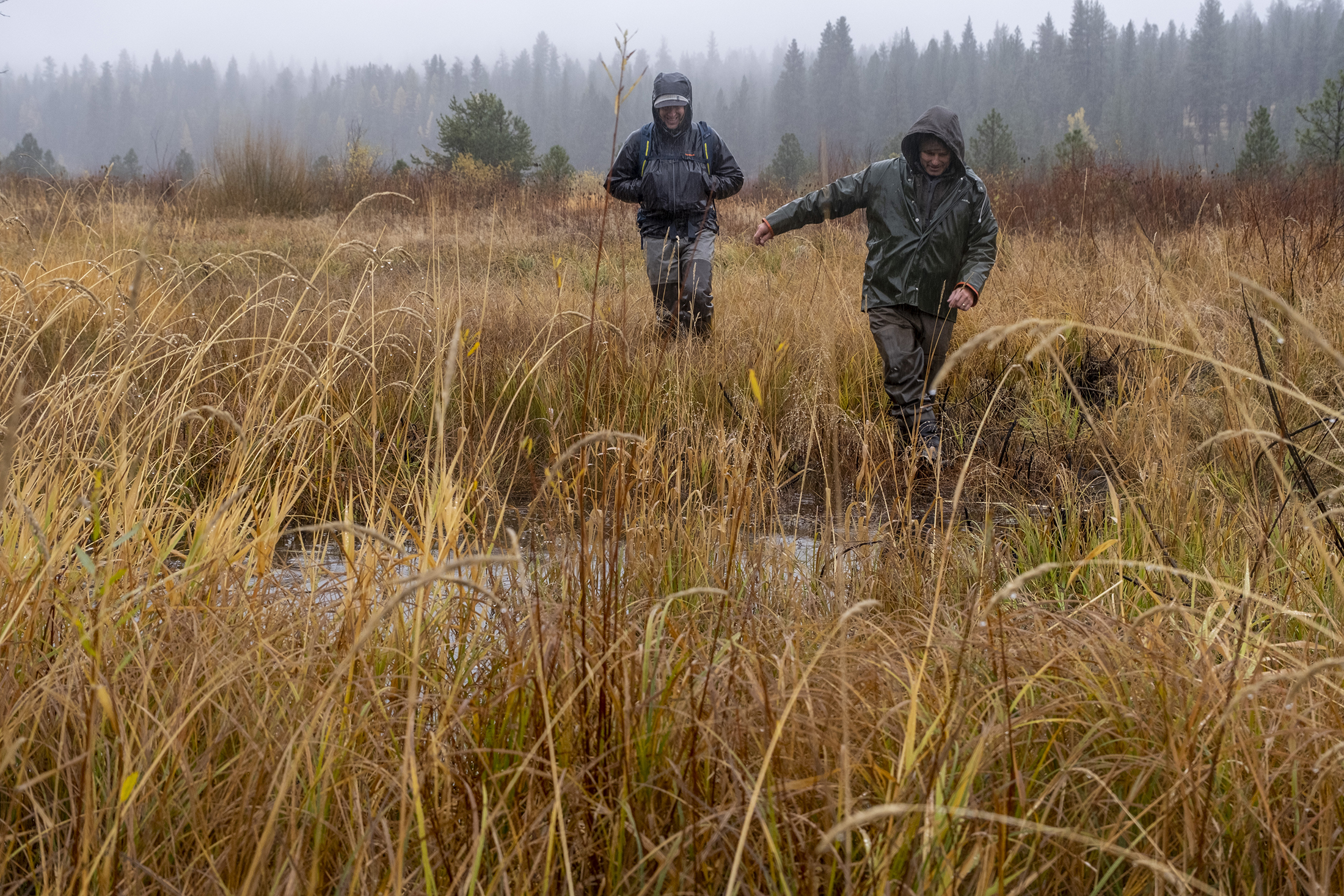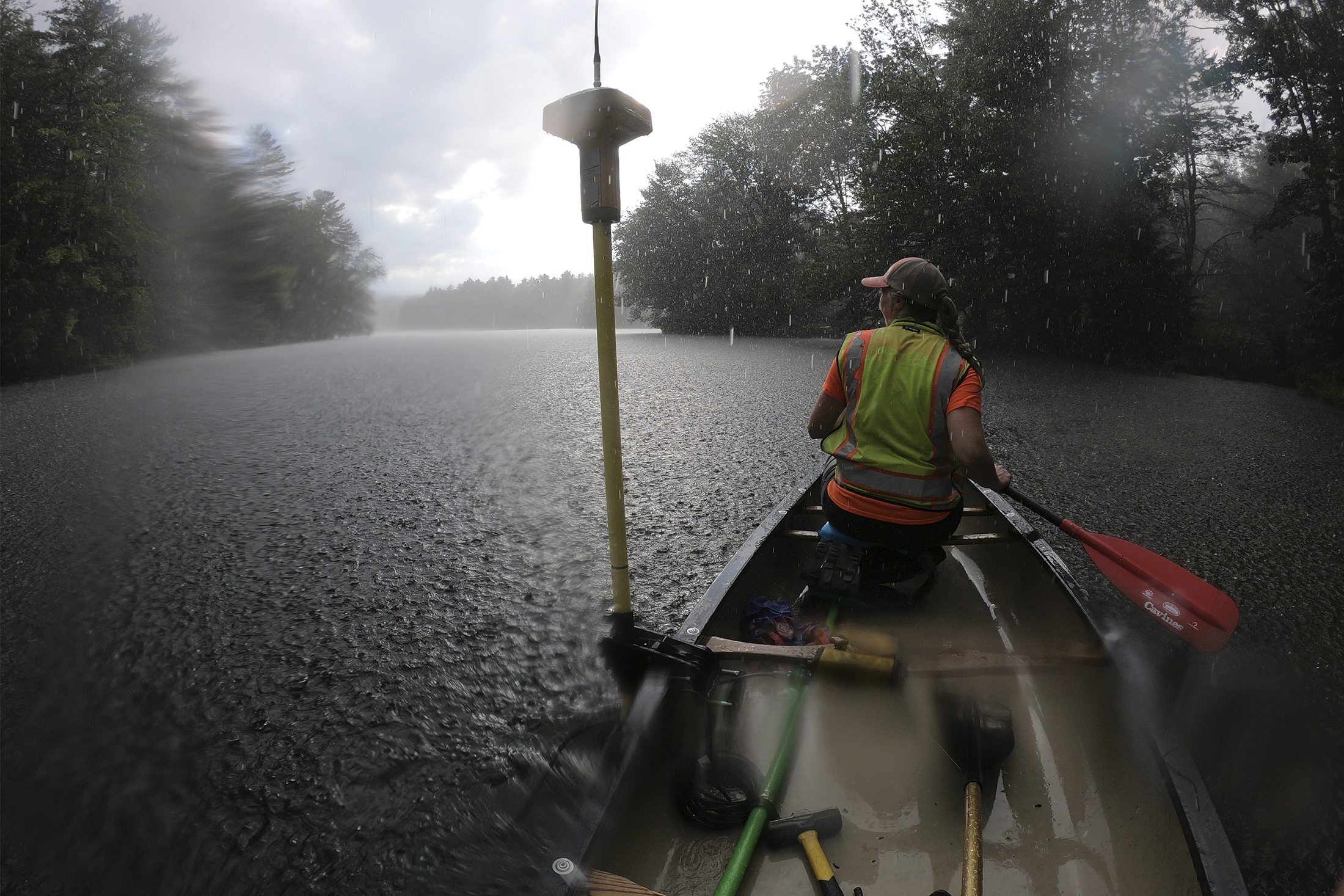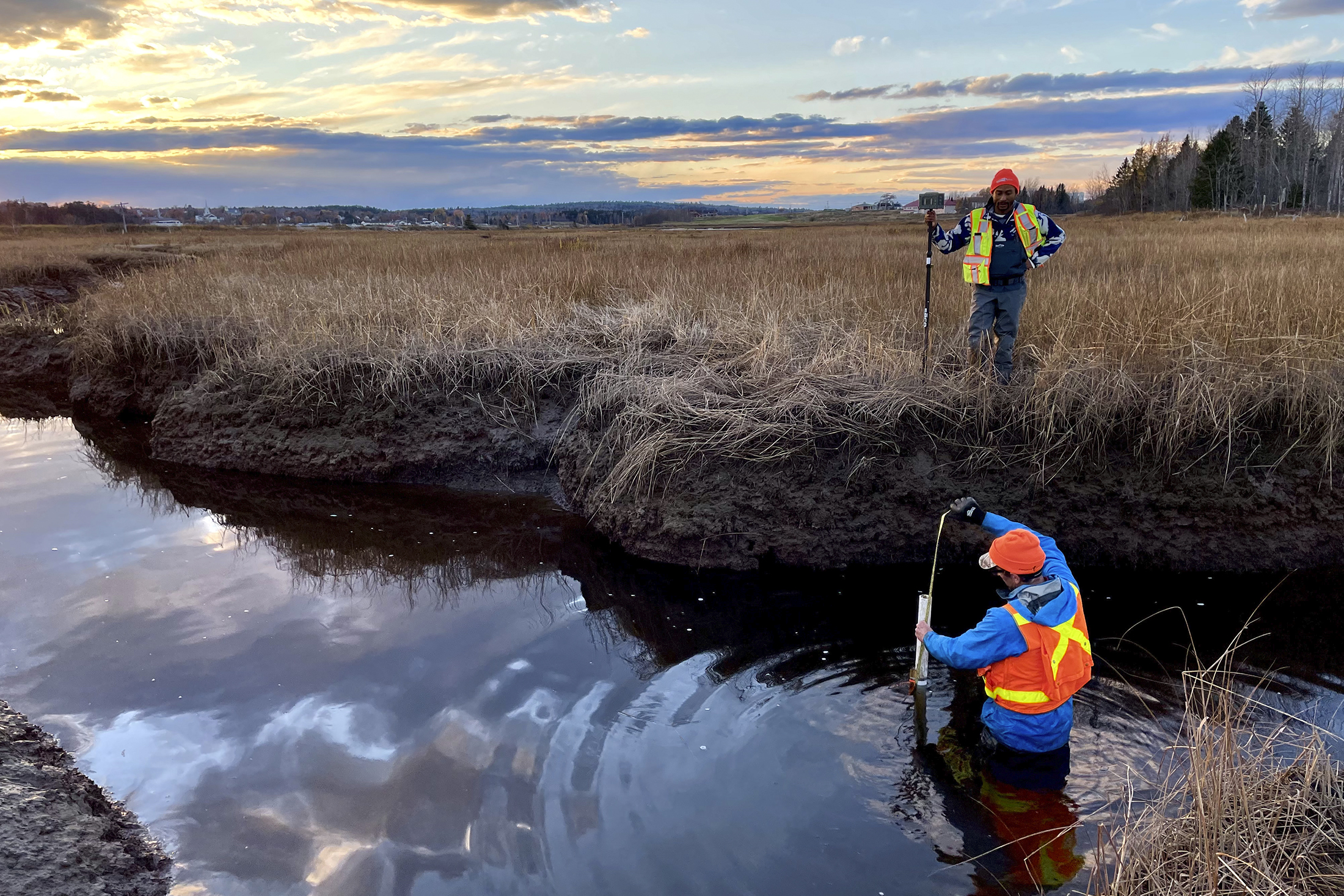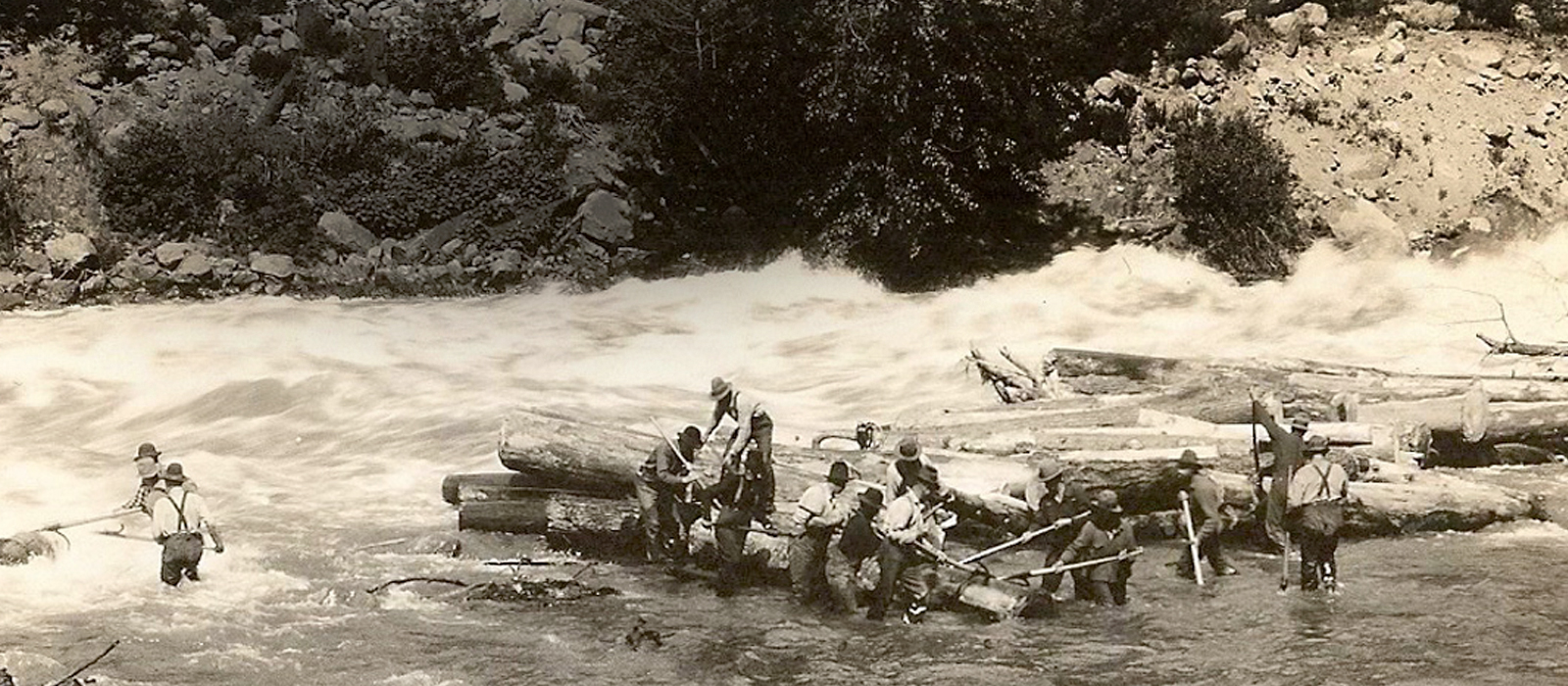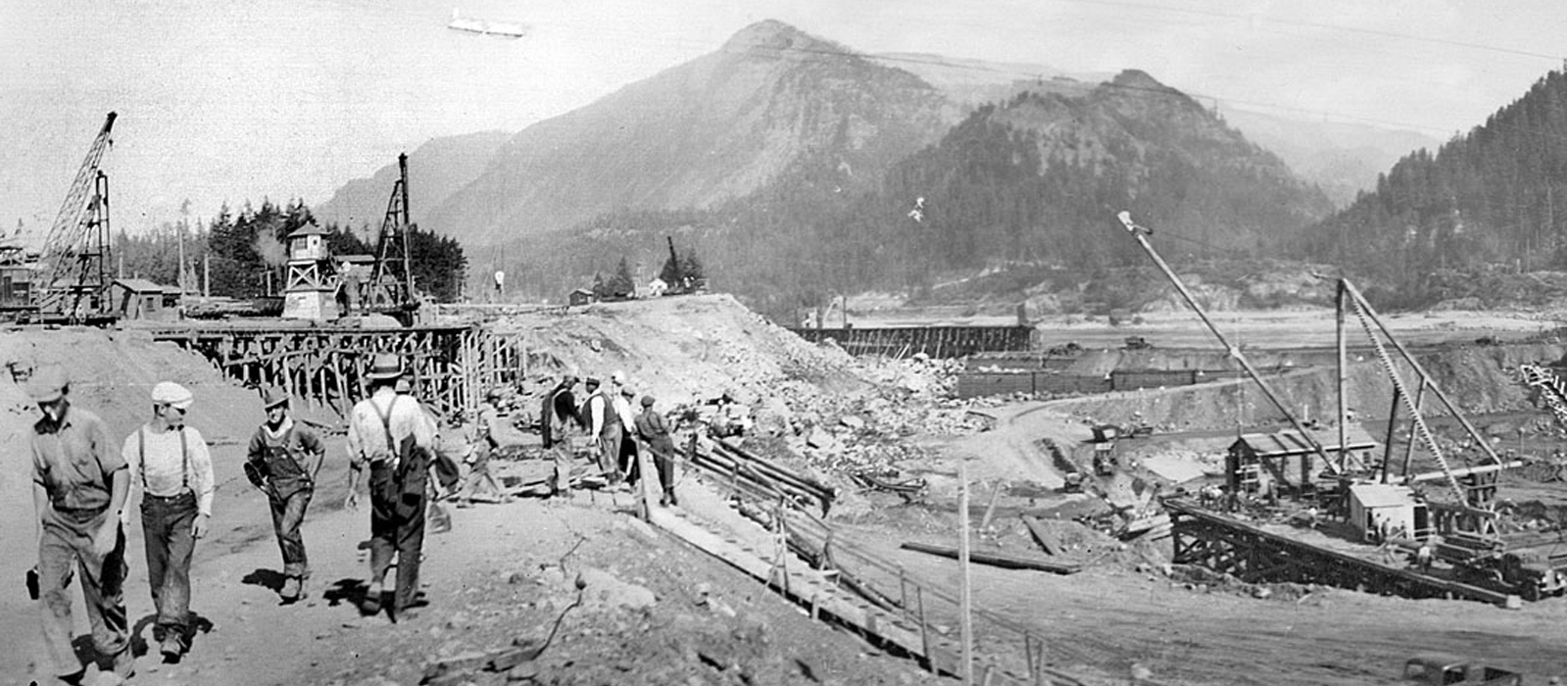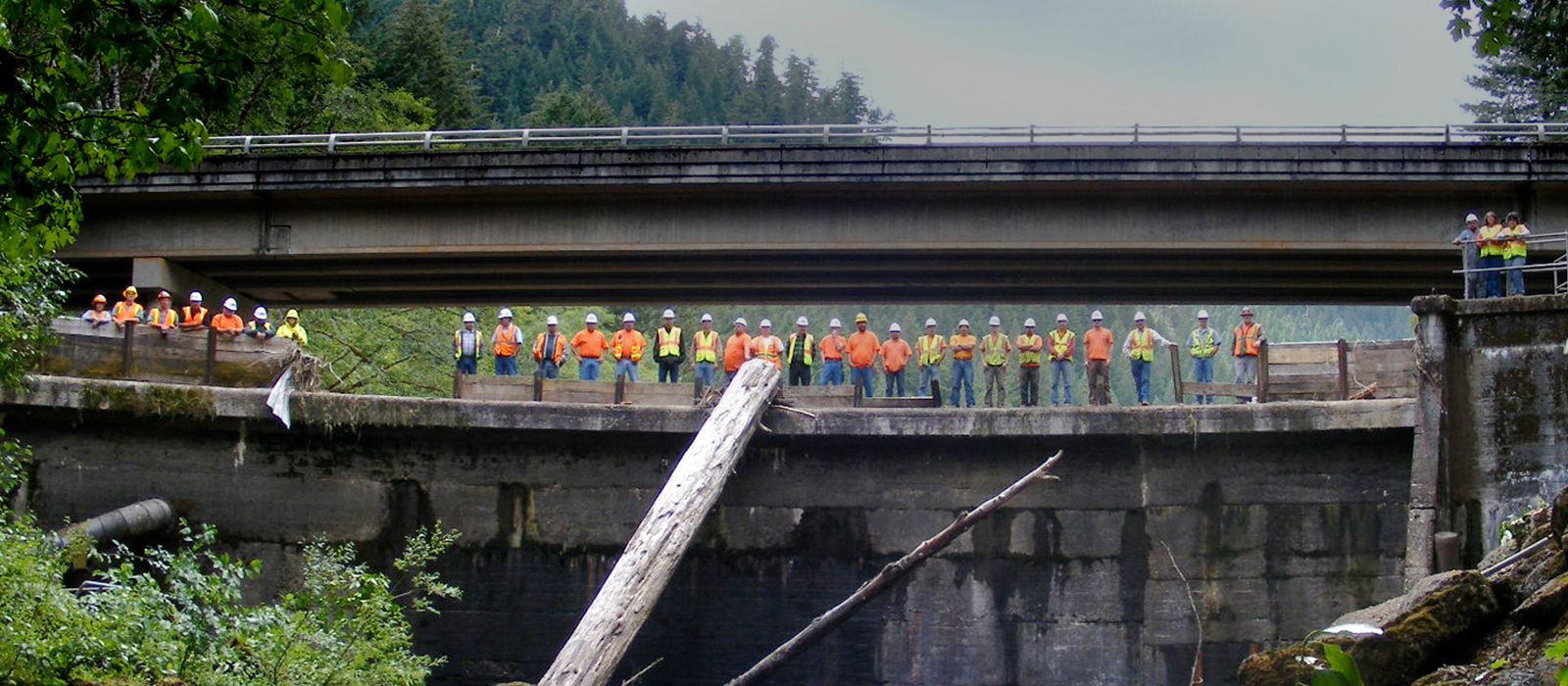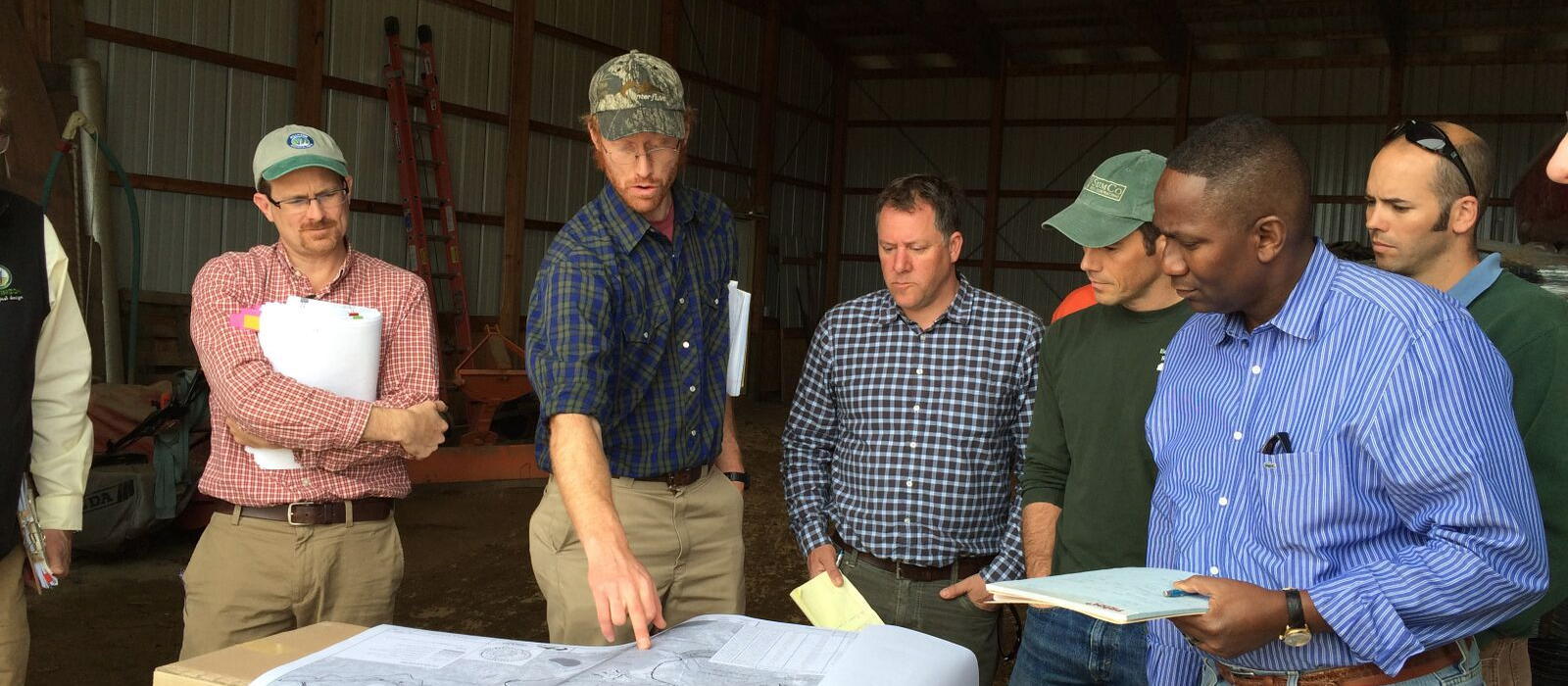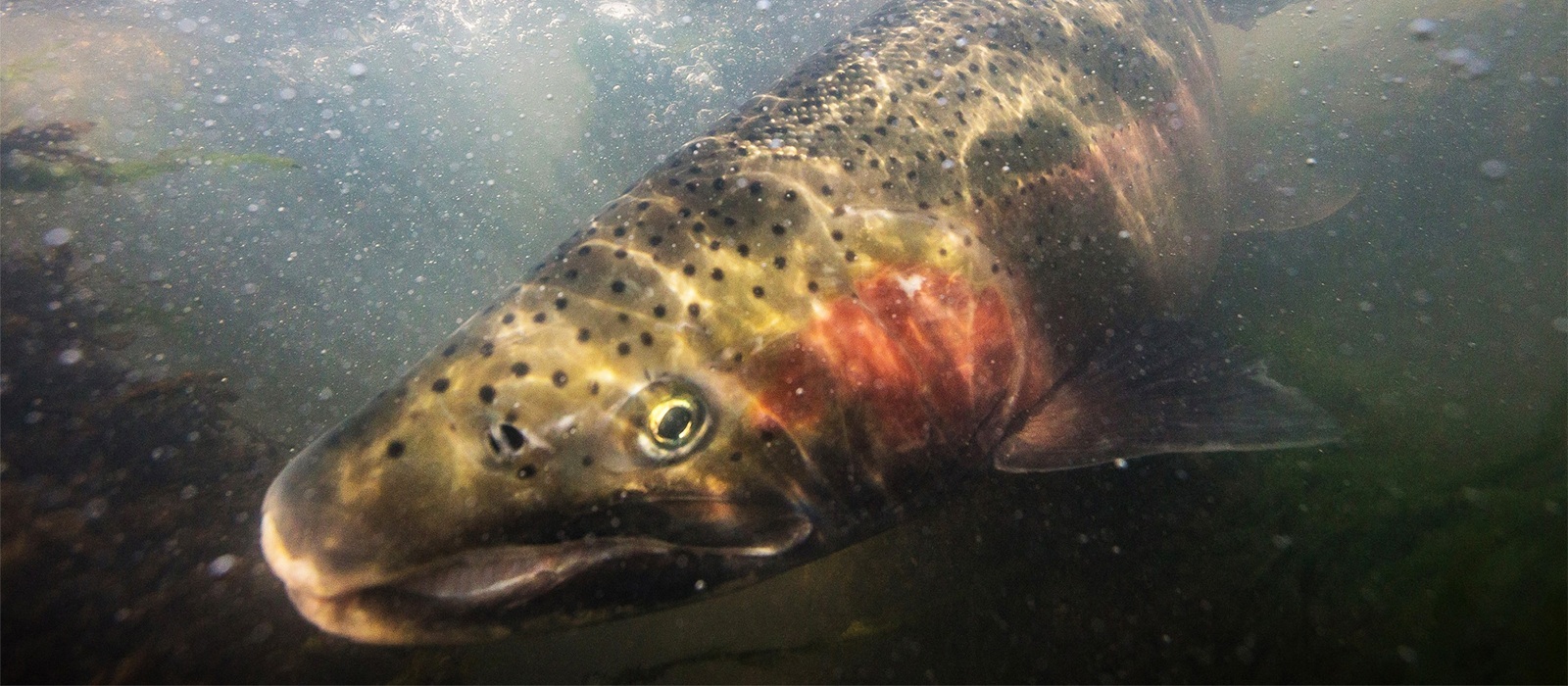About Us
Founded in 1984, Inter-Fluve is an employee-owned firm that specializes in investigations, design, and restoration of rivers, lakes, estuaries and wetlands.
Our Mission
What unites all of our work is our mission to heal aquatic ecosystems through applied science and engineering. We recognize that modern rivers often must interface with essential infrastructure, that working collaboratively with stakeholder groups is critical to developing solutions to river management challenges, and that a truly interdisciplinary approach requires our engineers to understand the needs of fish and that our scientists recognize the importance of sound engineering design.
Celebrating Diversity, Equity & Inclusion
We approach each project with a spirit of humility and a dedication to nurturing equity and inclusion within our workplace, within ourselves, and through our projects. We celebrate diversity in all its forms and are committed to fostering a workplace where everyone is comfortable being themselves at work. We’re putting these values into practice with our Confluence Committee and through our Headwaters Program. Our Confluence Committee is a four-person committee composed of Inter-Fluve staff that works closely with our management team to operationalize DEI efforts such as improving hiring practices, mentoring, family leave, and review practices. Our Headwaters Program, outlined below, is an umbrella for our giving, outreach and internship programs.
Our Mission: We work to heal aquatic ecosystems through applied science and engineering.
Headwaters Program
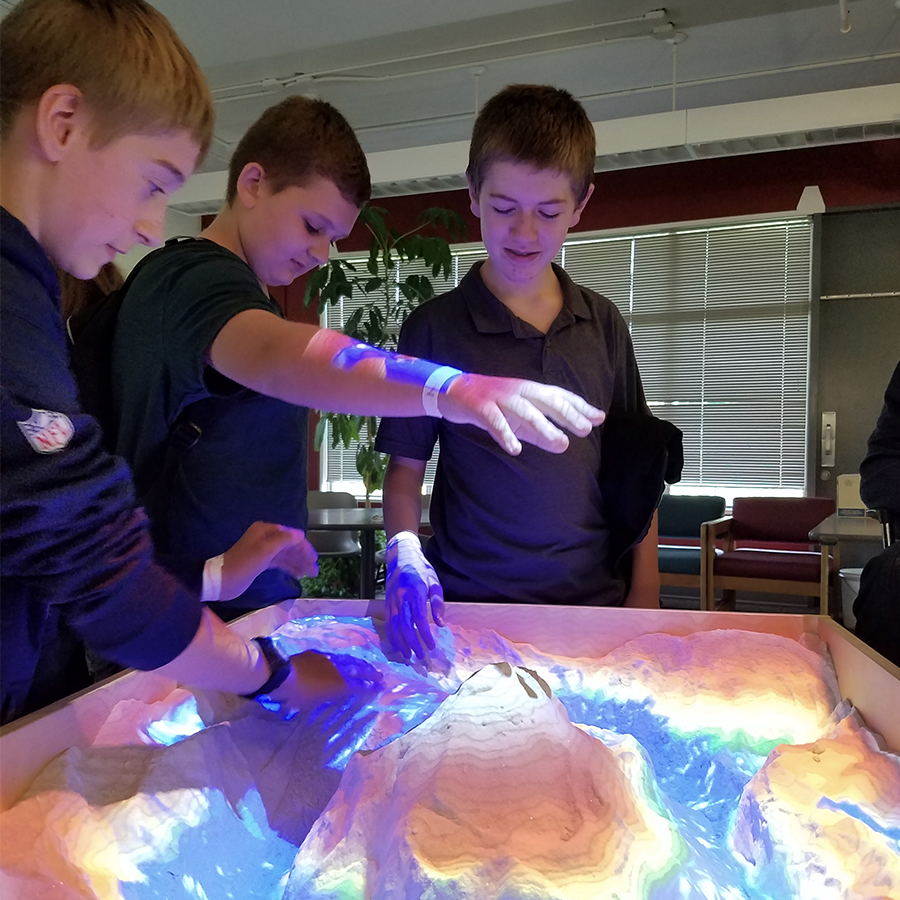
Headwaters Giving
We annually allocate 7% of our profit to promote aquatic restoration practice and education with public, private, non-profit, academic and various professional societies we engage with and are inspired by. A portion of this giving is being allocated to partners who are working with or for groups that have been historically underrepresented in aquatic restoration.
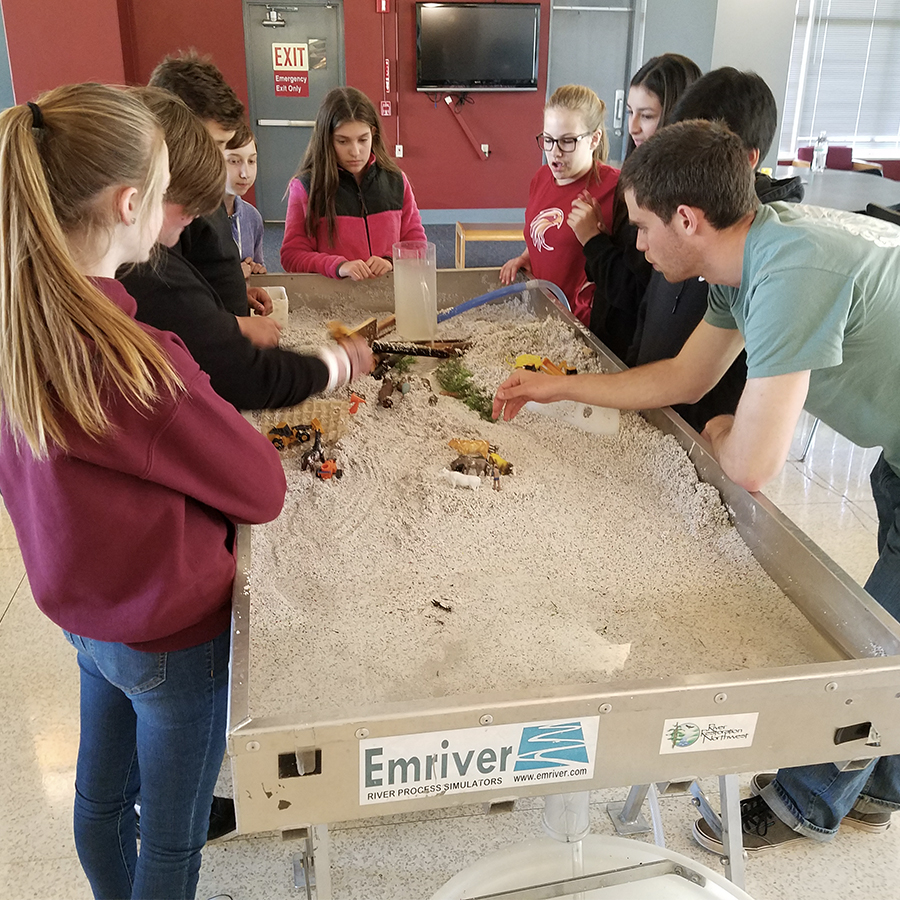
Headwaters Outreach
We believe that educating and inspiring children and young adults is an important step in fostering the next generation of scientists and engineers. Our staff visit schools to teach short lessons on restoring rivers that often involve interacting with hands-on stream simulations. Our senior staff also teach at universities including Northeastern, Harvard, Portland State University, and the University of Minnesota.

Headwaters Internship
Our internship program provides opportunities for hands-on experience in river and wetland restoration design for students or recent graduates. The program provides a range of potential opportunities, such as learning science and engineering methods from practitioners; meeting local, state, and federal project partners; conducting fieldwork; and observing project implementation. Inter-Fluve supports increasing diversity and inclusion in the river restoration design profession; to this end, the internship program strives to provide opportunities to historically underrepresented groups.
